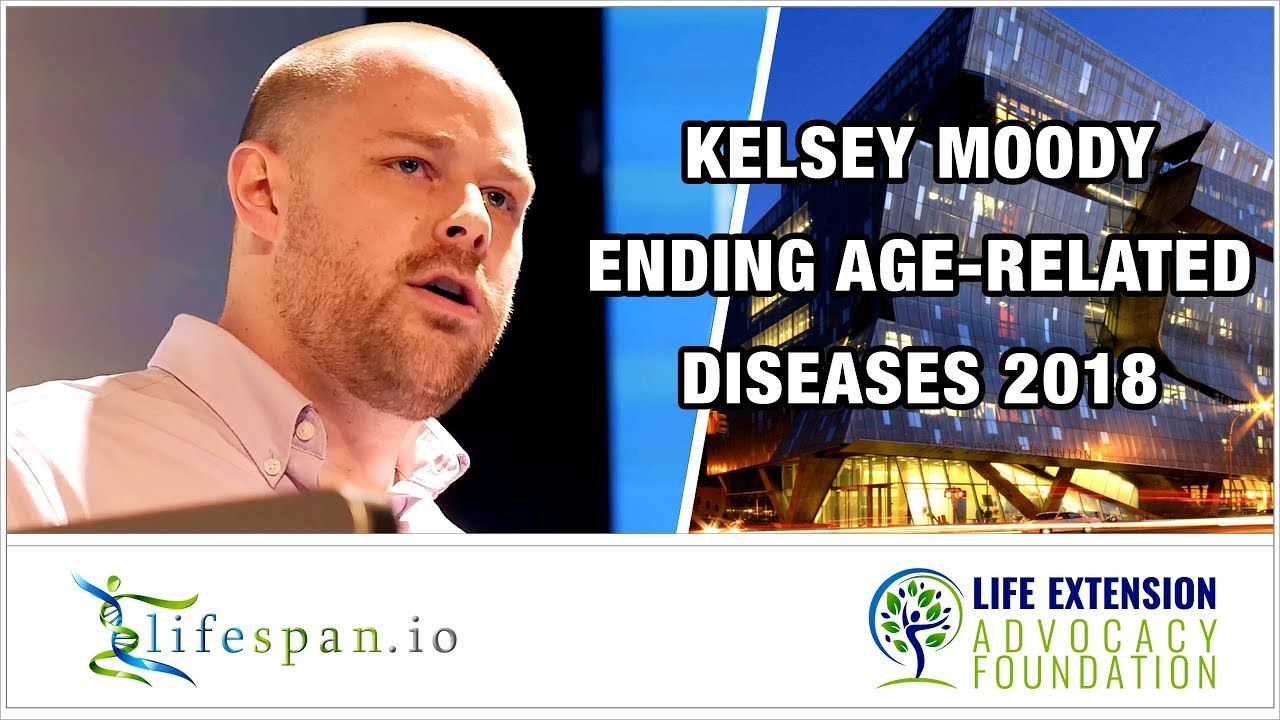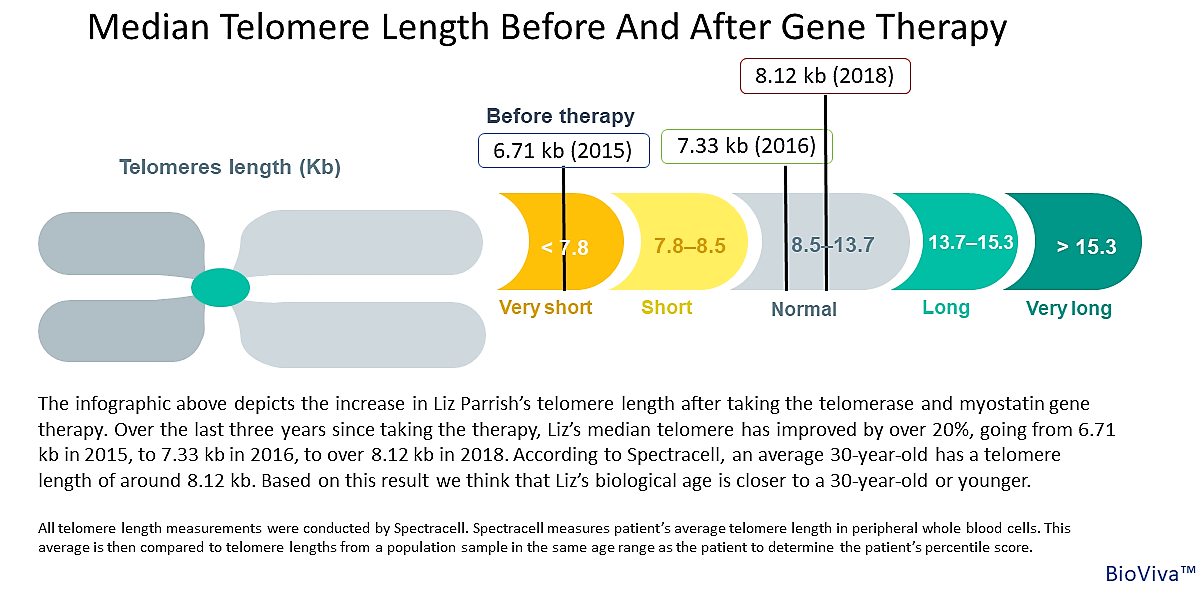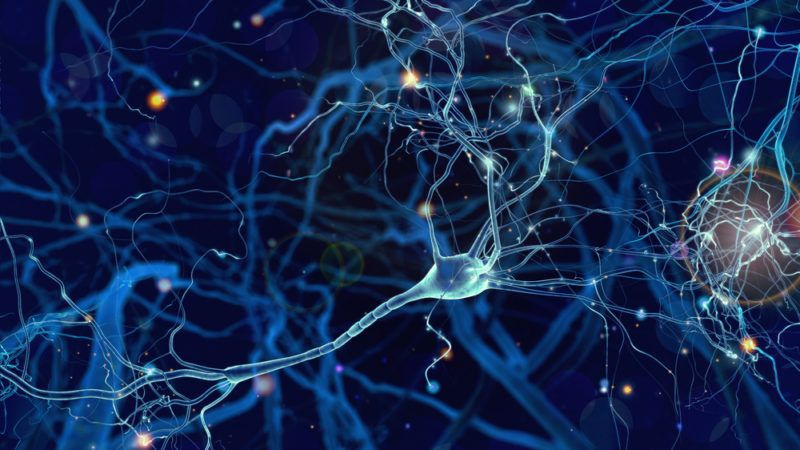Archive for the ‘life extension’ category: Page 464
Aug 24, 2018
A Chance Encounter in a Graveyard – Part 3
Posted by Steve Hill in category: life extension
The following is the third and last part of a short fictional story about a man realizing for the first time his deep desire to avoid aging and death. We published the first and second parts of the story on the last two Fridays, so check them out if you missed them.
Right after you wake up, there is a brief moment when you don’t yet know how you feel. That Sunday morning, that moment was even shorter than usual. The same anxiety as the previous night assailed me even before I could get out of bed.
The clock on the shelf said it was 11:30. I had slept almost 12 hours straight, but I wasn’t rested at all. Tired and depressed, I got up with difficulty, with a constant feeling of imminent catastrophe. I cast a glance out the window, and I noticed that the sky was clear and bright again. Upon closer inspection, I noticed the streets too were perfectly dry, as if it hadn’t rained for days. Indeed, the sun seemed to be very hot.
Aug 24, 2018
New Telomere Length Results — A 2018 Update
Posted by Bill Kemp in category: life extension
Do not go gentle into that good night, Old age should burn and rave at close of day; Rage, rage against the dying of the light. – Dylan Thomas.
Aug 23, 2018
Tau Protein Aggregation is Linked to DNA Damage and Senescent Cells
Posted by Steve Hill in categories: biotech/medical, life extension, neuroscience, open access
Today, we want to draw your attention to a recent study showing an association between the accumulation of Tau proteins, which are misfolded proteins that typically indicate Alzheimer’s disease and senescent cells.
Unfortunately, this journal paper is hidden behind a paywall, as is 70% of scientific data; this is an unacceptable situation for science and the sharing of knowledge. However, thanks to the work of Sci-Hub, a website that bypasses paywalls and offers free access to all scientific papers, you can read it without spending a dime.
Aug 22, 2018
Healthy diet linked to healthy cellular aging in women
Posted by Lilia Lens-Pechakova in categories: biotech/medical, food, life extension
Healthy diet linked to healthy aging and longer telomeres, a new study on 5000 healthy adults. Relationship significant in women. … All four diets emphasize eating plenty of fruits, vegetables, whole grains and plant-based protein and limiting consumption of sugar, sodium and red and processed meat. Overall, the findings suggest that following these guidelines is associated with longer telomere length and reduces the risk of major chronic disease…”
Eating a diet that is rich in fruits, vegetables and whole grains and low in added sugar, sodium and processed meats could help promote healthy cellular aging in women, according to a new study published in the American Journal of Epidemiology.
“The key takeaway is that following a healthy diet can help us maintain healthy cells and avoid certain chronic diseases,” said lead author Cindy Leung, assistant professor of nutritional sciences at the University of Michigan School of Public Health. “Emphasis should be placed on improving the overall quality of your diet rather than emphasizing individual foods or nutrients.”
Continue reading “Healthy diet linked to healthy cellular aging in women” »
Aug 21, 2018
The Life Extensionist’s Guide to Logical Fallacies
Posted by Nicola Bagalà in category: life extension
A handy guide to logical fallacies for life extensionists.
When debating life extension, or debating in general, it may happen that participants commit logical fallacies—that is, their arguments contain logically invalid reasoning. In practice, this often means that people incorrectly come to certain conclusions that do not actually follow from the premises; if they appear to follow, it’s indeed because fallacious reasoning was used.
Logical fallacies can be tough to spot, both for the people committing them and for the people listening; rejuvenation advocates would therefore benefit from familiarizing with common fallacies committed during debates about life extension so that they will both be able to detect them in other people’s arguments and avoid committing any themselves.
Continue reading “The Life Extensionist’s Guide to Logical Fallacies” »
Aug 20, 2018
Stem cell-loaded hydrogel boosts healing process of aging muscles
Posted by Genevieve Klien in categories: biotech/medical, life extension
It’s an unfortunate fact of life that as we get older, our cells gradually lose the ability to heal themselves. Thankfully, at least one aspect of that might be treatable in the near future, if new work from Georgia Tech pans out. Researchers have developed a hydrogel that holds muscle stem cells, and by injecting this near the site of a muscle injury they can get to work repairing it. The team says the technique could be effective at treating injuries in the elderly and people with muscular dystrophy.
Aug 20, 2018
Kelsey Moody — Antibody Mimetic for Parkinson’s Disease
Posted by Steve Hill in categories: biotech/medical, business, engineering, life extension

Today, we would like to share with you the talk given by Kelsey Moody, CEO of Biotech Company Ichor, at the recent Ending Age-Related Diseases: Investment Prospects & Advances in Research conference in New York City. In this talk, Kelsey discusses Ichor’s protein engineering platform, how Ichor has used it, and Ichor’s plans for using it to discover new classes of drugs for age-related diseases.
Kelsey is a process-oriented biotechnology executive who has specialized in the study of aging and aging mechanisms for over a decade. Since 2013, he has successfully built Ichor Therapeutics from a living room start-up into a premier, vertically integrated contract research organization that focuses on preclinical research services for aging pathways. Proceeds from this work are used to self-fund R&D initiatives that constitute Ichor’s portfolio companies in enzyme therapy (Lysoclear, Inc.), small molecule drug discovery (Antoxerene, Inc.), and protein engineering (RecombiPure, Inc.) Kelsey has received graduate-level training in medicine, business, and laboratory research.
Aug 19, 2018
Keynote: “Future of Healthy Longevity”
Posted by Montie Adkins in categories: biotech/medical, life extension, transhumanism

Lincoln Cannon asked me to do a talk a few months ago for the MTA. It was a good time. I learned a lot from the other speakers. Bryan Johnson opened the event and it was interesting to learn about his path and vision for the future. I would like to see many more people in his position. My goal is to make many millionaires out of biotech visionaries through the BioViva platform so that they can reinvest into great tech. Thanks, Lincoln and Bryan!
At the 2018 Conference of the Mormon Transhumanist Association, held 7 Apr 2018 at the Marriott Hotel and Conference Center in Provo, UT, speakers addressed the themes of Mormonism, Transhumanism and Transfigurism, with particular attention to topics at the intersection of technology, spirituality, science and religion. Members, friends and critics of the association have many views. This is one of them. It is not necessarily shared by others.
Aug 18, 2018
A review and implications for aging research
Posted by Franco Cortese in categories: biotech/medical, life extension
The effects of donor age on organ transplants: A review and implications for aging research.
Despite the considerable amount of data available on the effect of donor age upon the outcomes of organ transplantation, these still represent an underutilized resource in aging research. In this review, we have compiled relevant studies that analyze the effect of donor age in graft and patient survival following liver, kidney, pancreas, heart, lung and cornea transplantation, with the aim of deriving insights into possible differential aging rates between the different organs. Overall, older donor age is associated with worse outcomes for all the organs studied. Nonetheless, the donor age from which the negative effects upon graft or patient survival starts to be significant varies between organs. In kidney transplantation, this age is within the third decade of life while the data for heart transplantation suggest a significant effect starting from donors over age 40. This threshold was less defined in liver transplantation where it ranges between 30 and 50 years. The results for the pancreas are also suggestive of a detrimental effect starting at a donor age of around 40, although these are mainly derived from simultaneous pancreas-kidney transplantation data. In lung transplantation, a clear effect was only seen for donors over 65, with negative effects of donor age upon transplantation outcomes likely beginning after age 50. Corneal transplants appear to be less affected by donor age as the majority of studies were unable to find any effect of donor age during the first few years posttransplantation. Overall, patterns of the effect of donor age in patient and graft survival were observed for several organ types and placed in the context of knowledge on aging.














